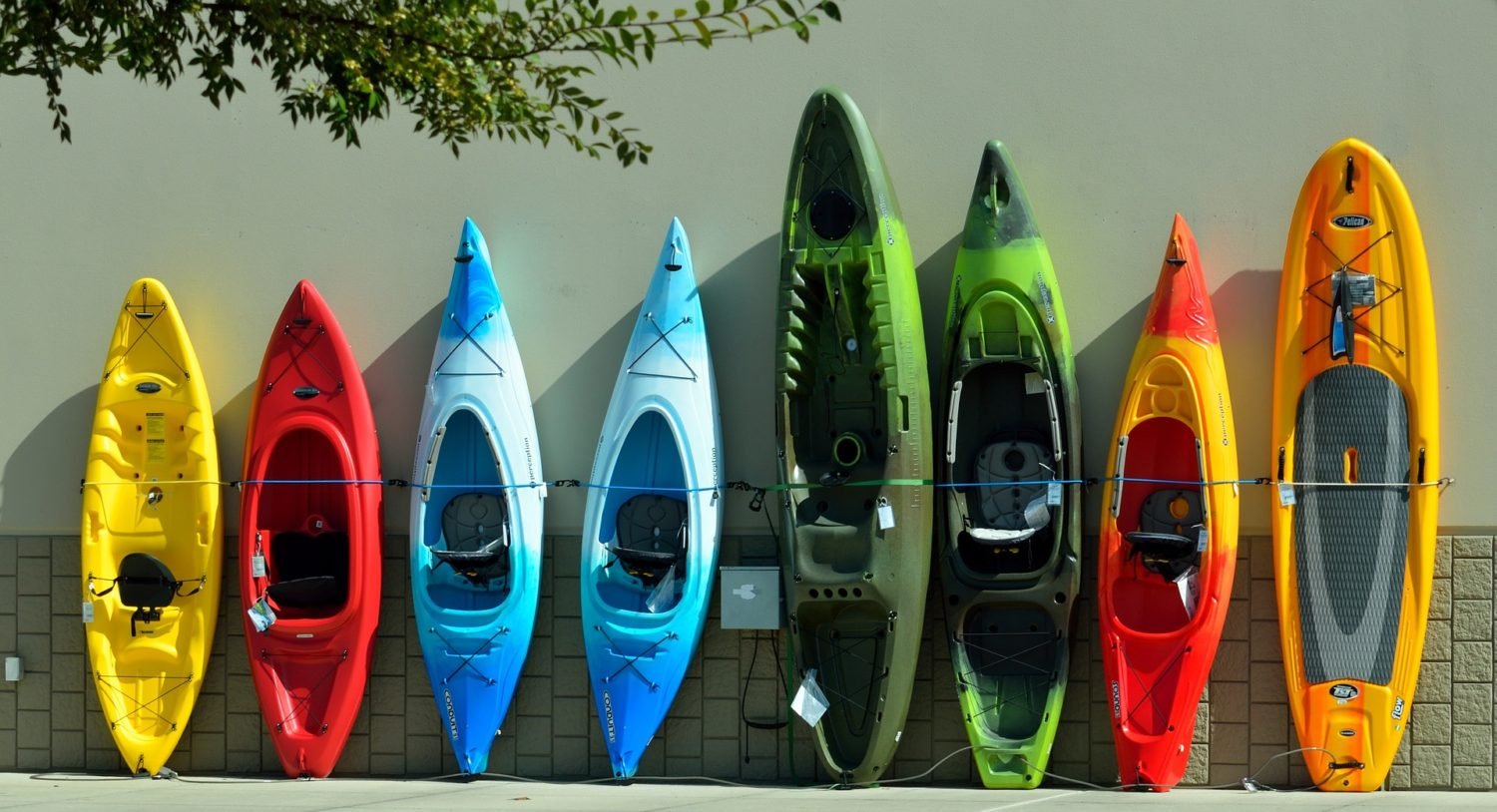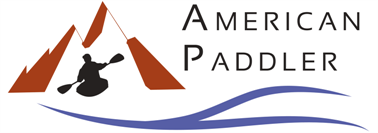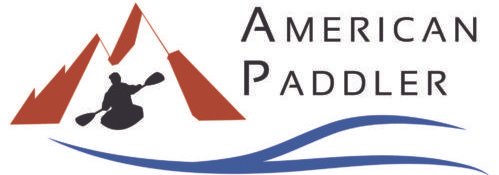Parts of a Kayak: The Basic Terms and Anatomy of Your Boat
While there are many different types of kayaks, it’s helpful to know some basic terminology that’s common to each. This article should help you better understand the basic parts of a kayak.
From A to Z, here are the basic things you’ll need to know:
For a cool interactive feature on kayak parts, check out this feature from KayakPaddling.net.
Basic Kayak Parts Explained
These basic features you’ll find on any kayak or canoe.

Bow: The front end of the kayak, opposite the stern.
Cockpit: The large opening or area where the paddler is seated.
Deck: The top of the kayak. For traditional sit-inside kayaks, this refers to the area of the boat that covers the paddler’s legs, as well as the portion of the kayak behind the paddler that’s exposed to the sky. On sit-on-top kayaks, this generally refers to the entire flat area on top of the boat, including where the paddler sits.
Hatch: Typically refers to gear-storage compartments below the kayak’s deck used to stow cargo. Often, hatches are waterproof and are covered by bands of elastic to keep them closed.
Hull: The bottom or main body of the kayak, which sits in the water. While most kayaks have a displacement-style hull with a “V” shaped keel, there’s also a planing hull, which is shaped with a flat bottom and steep sides. This type of hull sacrifices speed but gains maneuverability.
Keel: The middle of the hull, which usually forms a “V” shape running underneath the length of the kayak. The deeper the keel, the more water the kayak displaces.
Stern: The rear of the kayak, opposite the bow.
Toggle or Grab Handle: A handle attached by rope to the bow and stern of the kayak designed to make carrying, launching, towing or transporting the kayak easier.

Optional Kayak Parts
Beyond the basic parts of a kayak, you’ll also find many — but not all — boats with these features:
Bulkhead: An internal, watertight wall that separates the kayak into internal parts. Bulkheads are used to create watertight gear storage hatches, as well as to create buoyancy with pockets of air and to add to the kayak’s stability.
Cockpit coaming: A rim of plastic or rubber attached to the edges of the cockpit.
Drain plug: A small hole through which water can be drained from the kayak.
Foot pegs: Screwed into the sides of the kayak, paddlers can rest their feet on these small braces for a more comfortable ride.
Knee pads: Also found inside the boat for a more comfortable experience.
Rocker: A term referring to the banana-shaped curvature of the kayak’s hull. The more rocker (steeper curve), the more maneuverability the kayak will have.
Rudder: A controllable fin at the rear of the kayak that helps with steering and maneuverability.
Skeg: A fin situated along the underside (keel) of the kayak to help with tracking (moving in a straight line). Skegs can often be retractable.
Spray skirt: A piece of rubber, flexible plastic or material stretched over the paddler’s lap while sitting in the cockpit. A spray skirt attaches to the rim of the cockpit and is designed to keep water out of the kayak in high waves.
Thigh hooks: Indented portions of the cockpit that allow the paddler to brace his or her thighs against the boat to allow for independent upper- and lower-body movements.
Other Kayaking Terms
In addition to the parts of your kayak, there are other terms you should be familiar with before you head out on the water.
Bailing: The mechanism designed to get water out of the kayak. Some kayaks, such as sit-on-tops, are “self-bailing,” while others require the use of bilge pumps.
Chine: Where the kayak’s bottom and sides join, forming a line. A “soft” chine is a very gradual slope (often with no line) while a “hard” chine has a steep edge. A sharper chine allows for greater edge control while sacrificing some secondary stability.
Eskimo roll: An advanced self-rescue technique in which a kayaker attempts to right an overturned kayak while still sitting in the cockpit.
Portage: Carrying a kayak or canoe over dry land, often at bends in a river or impassable waters.
Stability: Stability refers to how easy the kayak is to tip. Generally, stability is described in terms of “primary” stability and “secondary” stability. Primary — or initial — stability is a factor of the kayak’s width (beam) and refers to the kayak’s steadiness while sitting flat on the water. A planing-hull kayak (with a flat bottom) will have greater initial stability than a displacement-hull kayak (with a “V” shaped hull), and will be harder to tip. Secondary stability comes into play when the kayak is on an angle in the water (such as when executing turns) and is a factor of the kayak’s chines. For instance, a kayak with a “softer” (gradual) chine will have greater secondary stability than a kayak with a “harder” chine.
Volume: The inner capacity of a kayak. Kayaks with higher volume, such as whitewater kayaks, are designed to quickly “pop” or resurface when submerged. Low-volume kayaks, on the other hand, are designed for speed on calmer waters.
General Boating Terms
All boaters should know the following, but in case you don’t, just remember:
Port: This refers to the left side of the kayak when facing forward. On a kayak, this is often referred to as the “aft” side as well.
Starboard: This refers to the right side of the kayak when facing forward.


